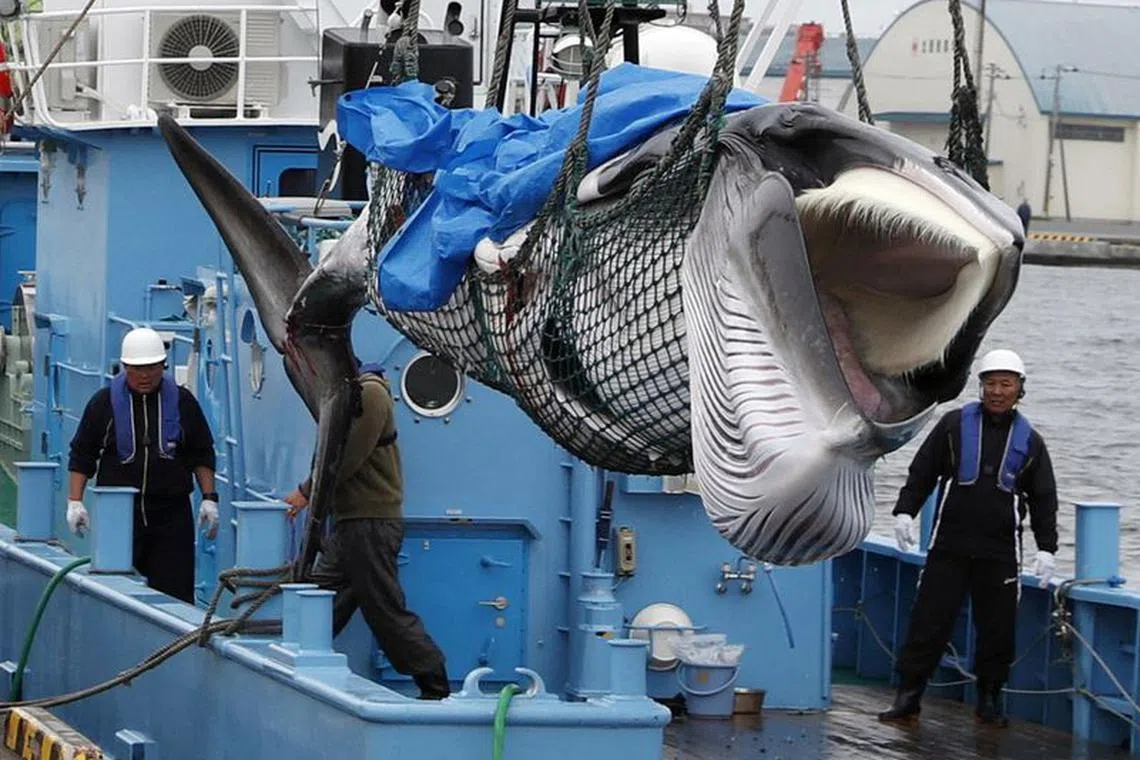No time to lose on ocean treaty as threats to high seas rise: Greenpeace
Sign up now: Get ST's newsletters delivered to your inbox

Environmental group Greenpeace said fishing hours on the high seas increased by 8.5 per cent from 2018 to 2022.
PHOTO: REUTERS
Follow topic:
SINGAPORE – Governments have no time to lose when it comes to implementing a new global ocean treaty to protect the high seas as threats from human activities intensify, a report by environmental group Greenpeace said on Thursday.
In March, more than 100 countries completed a groundbreaking treaty adopted at the United Nations in June
The treaty will create ocean sanctuaries that are off-limits to fishing and other human activities. Environmental groups said the agreement is a crucial part of efforts to meet a goal enshrined in 2022’s global biodiversity accord to protect at least 30 per cent of the world’s land and seas by 2030 – a target known as “30 by 30”.
The high seas, or international waters, constitute more than 60 per cent of the world’s oceans but have not been under any protection. While the treaty addresses a major regulatory gap, it still needs to be ratified at a national level before it goes into effect.
Greenpeace said fishing hours on the high seas increased by 8.5 per cent from 2018 to 2022, and were up 22.5 per cent in areas that need special protection.
Unsustainable practices have also risen, including longlines that ensnare marine mammals or seabirds. Species like Pacific bluefin tuna have lost more than 90 per cent of their population in 30 years, the report said.
Sea temperatures hit a record 21.1 deg C in April
Greenpeace warned that “new industries wait in the wings”, including the mining of minerals in the seabed as well as ocean carbon removal technology, which are not yet properly regulated.
The UN treaty will only go into effect when it has been ratified by 60 countries. Greenpeace said this needs to happen before 2025 if there is any hope of achieving the 30 by 30 target. Funding the treaty could be the next challenge.
“We believe over 60 countries intend to sign the treaty (at the UN General Assembly) on Sept 20, which would send a very strong signal of continued global unity and momentum towards ratification,” said Mr Chris Thorne of Greenpeace’s Protect the Oceans campaign.
“Reaching 30 by 30 means protecting more than 11 million sq km every year from now to 2030, so there is hardly any time to waste.” REUTERS

